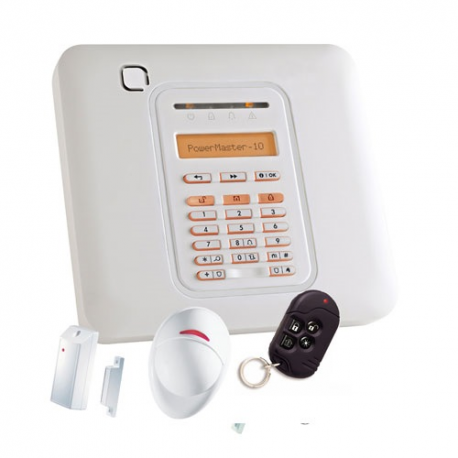
Story opposite Richard Thomas as Hank Williams, Jr.

Both women had been using the description professionally. In 1953, months after Hank Sr.'s death, Williams paid his second wife, Billie Jean Jones, $30,000 to relinquish the title of "Hank Williams's Widow". She was awarded the house, their child, and half of her ex-husband's future royalties on the condition that she never remarry. Replying to her with a seemingly prophetic statement, Hank Williams stated, "Audrey, I won't live another year without you." On December 31, 1951, after allegations of mutual infidelities and the resumption of her husband's health problems, Williams called from a hotel and told Hank to be out of their Tennessee house by the time she returned. When her husband expressed a desire to adopt her daughter, Audrey refused, fearing he would take her if they divorced. After Williams's appearance at the Grand Ole Opry following the birth of her son, she officially renamed the child Hank Williams Jr. On May 26, 1949, Williams gave birth to the couple's only child, Randall Hank Williams. Williams left her husband, giving him the choice of alcohol or her. In early 1948, tension started to grow in the Williams marriage when Hank started to again abuse alcohol, a problem he brought with him to their marriage from the beginning. Country music biographer Colin Escott wrote "Her duets with Hank were like an extension of their married life in that she fought him for dominance on every note." Having recorded several duets with her husband, Audrey was featured on the recordings of "Lost on the River", "I Heard My Mother Praying for Me", "Dear Brother", "Jesus Remembered Me", "The Pale Horse and His Rider", "Jesus Died for Me", "Help Me Understand", "Something Got a Hold of Me", "I Want to Live and Love", and "Where the Soul of Man Never Dies". Williams, however, began to push for her own spot in the limelight. Both proved successful and a contract was signed with MGM Records in 1947, with Rose becoming the singer's official manager and record producer. The meeting resulted in Hank Williams recording two singles for Sterling Records: “Never Again” in December 1946 and “Honky Tonkin’” in February 1947. The couple visited Nashville with the intent of meeting songwriter and music publisher Fred Rose of Acuff-Rose Publishing. Soon after their wedding, Williams took the role of her husband's unofficial manager, a position previously held by her mother-in-law, Lillie Williams. The ceremony was performed by a justice of the peace at the officiant's gas station in Andalusia, Alabama. In December 1944, the two were married 10 days after the finalization of Sheppard's divorce from her first husband.


Despite the objections of Williams's mother and bandmates, Sheppard was added to the band as an occasional singer and upright bass player. The couple separated soon after their daughter Lycrecia was born in 1941. Sheppard's first husband was James Erskine Guy, whom she married when she was a high-school senior. She grew up on a farm owned and worked by her parents. Sheppard was born in Banks, Alabama, the daughter of Artie Mae (née Harden 1903–1976) and Charles "Shelton" Sheppard.


 0 kommentar(er)
0 kommentar(er)
